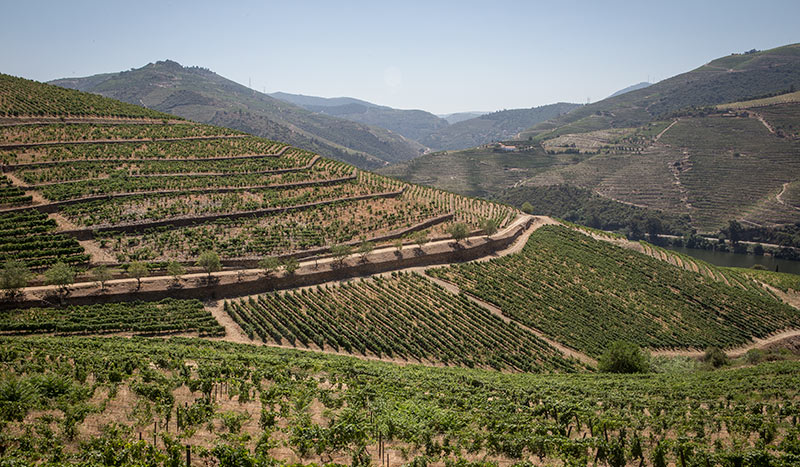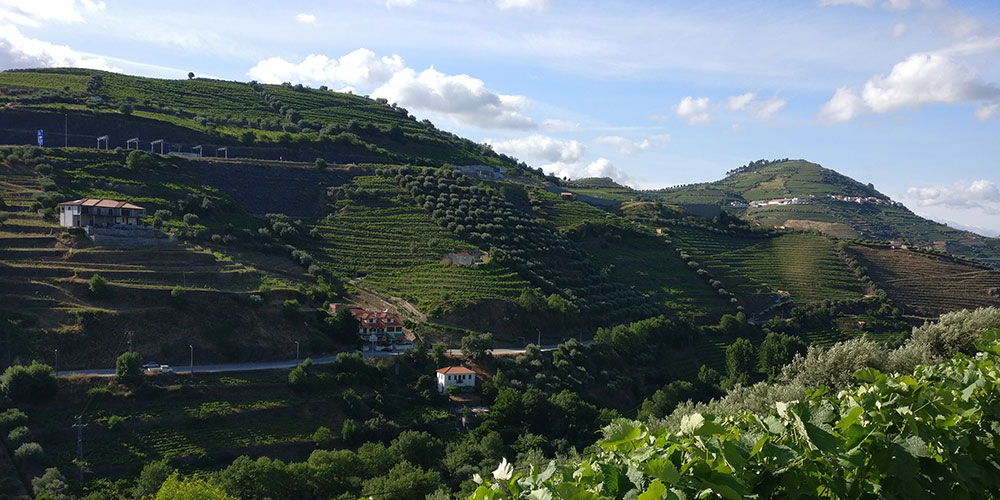
Carlos Álvarez is a sommelier in Barcelona that we kept bumping in to over various tastings until one day we said, “Didn’t we see you at the last 20 events we were all at?” From that point forward we’ve been doing a lot of things together including his taking part in the tasting panels for the Montsant book (which you can order now) and in turn he’s been our Jerez connection, finding us wondrous bottled treasures from the lands down south. He recently went on a trip to the Portuguese wine regions and was nice enough to write up an account at his blog. Below is an excerpt:
Is it possible to visit five wineries in just two days while driving about 2.000 km? Is it possible to learn something meanwhile? And more important, Is it possible to enjoy such a trip? I would have said that it was impossible, but O’Lusitano, a Portuguese wholesaler based in Barcelona, organized the trip and gave me the chance to change my opinion. These two exhausting days that I spent there with some colleagues gave me an overall idea of what is going on in the Portuguese wineries. I will try to resume it following the notes I wrote at my diary and the stamp left in my memory.
DAY 1 – Sunday, April 6th
Early trip from Madrid to Régua (Douro). Target: to visit a vineyard at Douro valley and taste wines from three wine producers: Alves de Sousa, Casa do Cello and Anselmo Mendes. We arrived on time to visit the vineyards at Quinta das Caldas, owned by Domingos Alves de Sousa and his son, Tiago. A terrific landscape all surrounded by vineyards. A human made scenery of stepped terraces where the vine is the queen and all efforts are focused to attain a good bunch of grapes. The holes at the stone walls, the pilheiros, evoque a time when every available space was used to grow a vine. Alves de Sousa created his own winery buying five estates (Quintas) in 1987. In 1991 Anselmo Mendes, a well known oenologist, joined the team. They use to say: “for the best wines, the best grapes”. To do so, the average yield is between 4.000 and 5.000 kg/ha; and some plots have been adapted as patamares which is nothing but areas set up for mechanization. They started to get official recognition from 1999.
It was “late” (Portuguese have lunch quite early compared with the Spanish standard) and we moved to Régua to taste their wines and the ones produced by Casa de Cello and Anselmo Mendes while having lunch.
Read the full article in English o en castellano.

